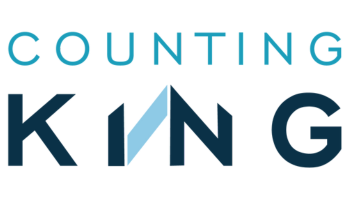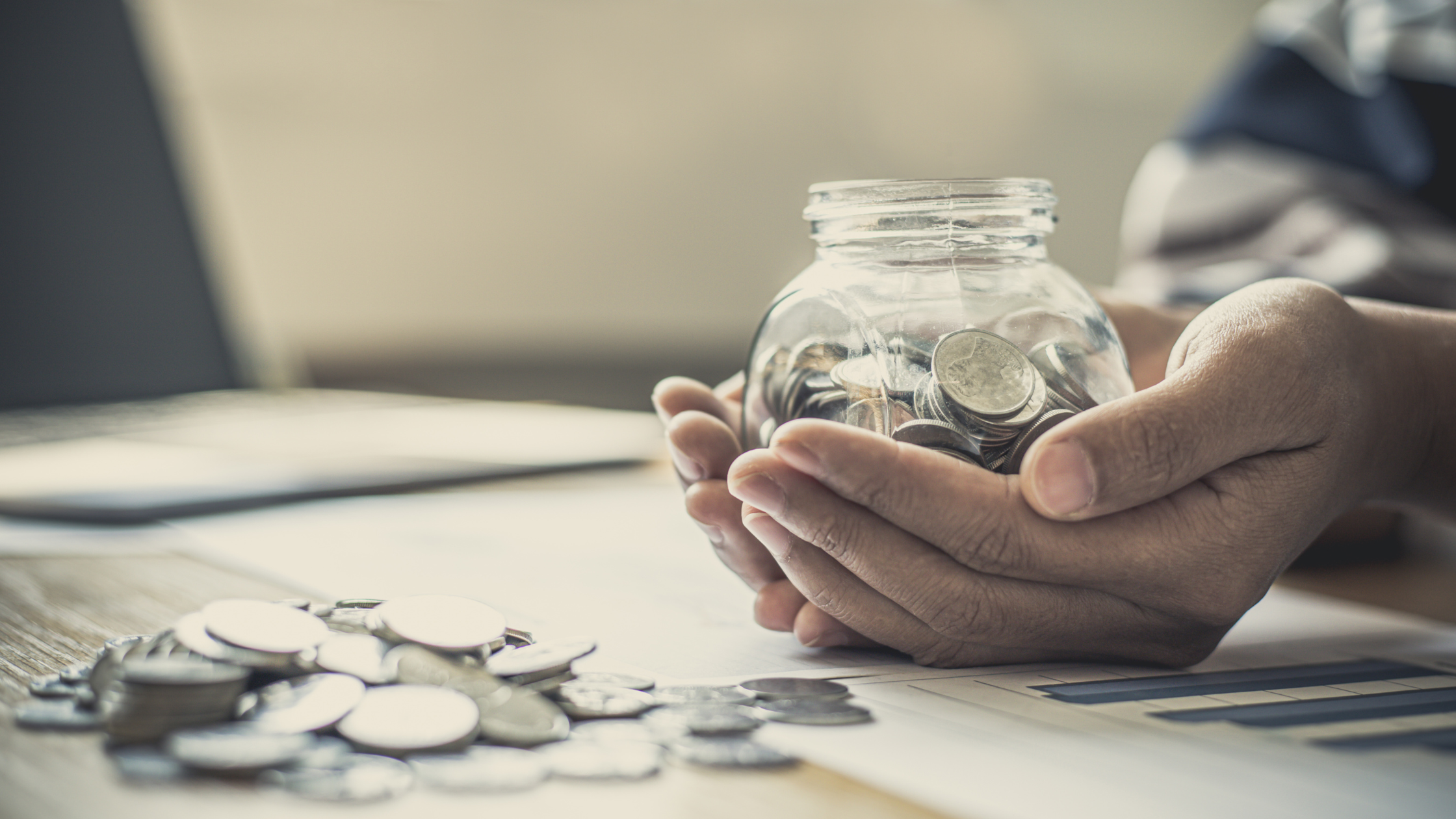August 30th 2023 – GOBankingRates – View the article here.
Reaching a five-figure savings account is a significant financial milestone. If you have $10,000 in the bank, you’ve got something to brag about. According to the TransAmerica Center for Retirement Studies, you’ve managed to double the non-retirement savings of the median adult in America.
So, what’s your next move? Hopefully, you’re thinking about growing what you have so that one day you look back and laugh at the time when you thought $10,000 was a lot of money.
Think Rich: Set Goals To Give Your Money a Bright Future
Although you should pause to celebrate, this is no time to rest on your laurels. While $10,000 is a comfortable financial cushion, you’d be better served treating it like a fragile seed for growing future wealth.
“With $10,000 in savings, your financial possibilities widen,” said Sam Dallow, accounting, finance and tax expert at Counting King, a business funding and tax firm. “At this point, you should be setting yourself clear goals. Define any short-term and long-term financial goals you may have. This will help guide your savings strategy.”
Your strategy might include doubling your $10,000, saving for a down payment on a home, or reducing your spending. But no matter the goals, keep them attainable, write them down and revisit them often.
Stay Liquid With CD Ladders
Although a traditional deposit account is the most accessible place for your emergency fund, you now have the leverage to think outside the savings box.
“When you reach $10,000, you may want to consider semi-liquid options for additional savings,” said Melanie Musson, financial and insurance expert with InsuranceProviders.com.
One option is to maximize yields while ensuring liquidity with a CD ladder, a series of CDs with staggered maturity dates–three months, six months and one year, for example–each representing a different rung. This strategy allows you to benefit from the high yields of longer-term CDs while keeping your cash relatively accessible through those with shorter terms.
“If you invest additional money in CDs that mature every three months, you can earn better interest rates while ensuring you’ll have a stream of money available in case of an emergency,” said Musson. Whatever you do, don’t gamble your whole emergency fund on CD ladders or anything else.
“Being able to draw on your emergency fund helps you not to take on bad high-interest debt like a credit card,” said Eric Mangold, founder of Argosy Wealth Management, an independent financial planning firm with over $1.2 billion in assets under management. “Also, it’s important that you replenish your emergency fund as soon as you can after you have drawn from it. Remember, it’s for emergencies, not to buy that nice new shiny object.”
Pay Down Credit Card Debt
CDs can offer higher yields than even the highest-yield savings accounts, but even those gains pale in comparison to the returns the bank collects from you if you’re in debt. If you relied heavily on credit cards on the road to banking $10,000, now is the time to stem the bleeding so you can start building real wealth.
“If you’ve successfully built up a significant amount of savings, the first and most important thing to do with extra spending money is to pay down debts,” said Lamine Zarrad, former national bank examiner for the U.S. Treasury and CEO and founder of the credit-building service StellarFi. “The priority would be credit card debts or outstanding personal loans with high interest rates. “If you carry high credit card balances and only pay your monthly minimum you’re not alone–but it could be costing you thousands each year in interest.”
Like Dave Ramsey and many other high-profile personal finance experts, Zarrad prefers the snowball method. “Start paying extra on your lowest-balance credit card–even a small amount helps. Once you’ve paid that off, roll that amount over to the card with the next lowest balance. Rinse, wash, and repeat until you’ve paid off all your debt.”
Risk a Little To Gain a Lot With Equity Investing
It’s not advisable to dump your entire pot into investing. The next unforeseen expense could send you right back into credit card debt. But you can put some of your money to work. If you think you can survive on $3,000 a month, for example, that gives you $1,000 to put in play while still maintaining a healthy three-month emergency fund.
“As the figure in your savings account climbs to $10,000, the world of diversified investment beckons,” said Leo Smigel, entrepreneur and founder of the financial and algorithmic trading site Analyzing Alpha. “A spread of assets can shield you from market volatility, striking a balance between risk and return.”
A single index ETF can accomplish that–just don’t go broke chasing fast gains. “I’ve witnessed a handful of mavericks score big by dipping their toes in alternative assets like art or cryptocurrency,” said Smigel. “A tip from the wise–unless you fancy a roller-coaster ride, staying diversified is your best bet.”
Get Creative–The Stock Market Is Just One Option
Equity investing isn’t for everyone. But that doesn’t mean you can’t still part with a portion of your savings in pursuit of greater gains.
“When you’ve saved up $10,000, you’ve got more financial freedom and options,” said Dennis Shirshikov, head of growth at real estate investing firm Awning.com. “At this point, consider diversifying into investments beyond the stock market. Think about peer-to-peer lending or real estate crowdfunding as non-standard but profitable options. I had a friend who invested a portion of her $10,000 in a P2P lending platform. She was initially skeptical but was soon enjoying returns much higher than a traditional savings account.”

